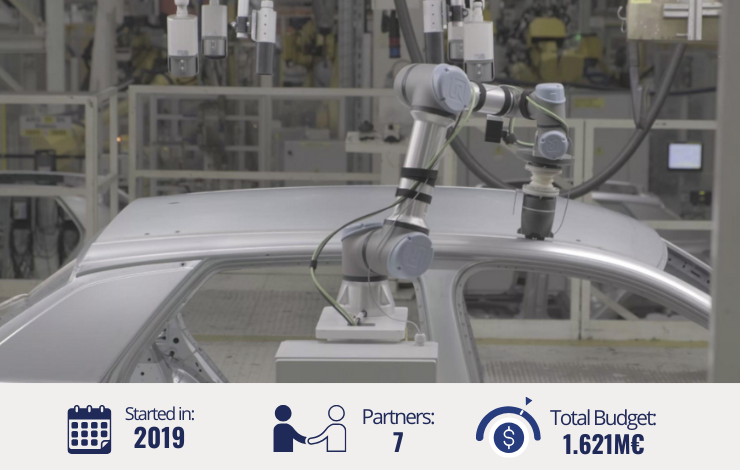
Starting Date: 2019
Number of Partners: 7
Total Budget: 1.621M€
The AdAM project (Advanced Automation for Manufacturing) is co-funded under the Portugal 2020 programme promoted by the Portuguese Government and the European Commission and has received the SmartEureka seal.
Within the AdAM project, the following objectives were defined:
-Industry-oriented approach: Comprehensive definition of industrial requirements for fast adoption of advanced automation, tailored to the needs of current industrial challenges.
-Improve ICT adoption in automation systems: Detailed definition of software requirements that allow the transfer of current edge technology to the advanced automation environment.
-Build on standardisation: Contribution for the advancements of existing advanced automation frameworks and open standards to reach industry-ready maturity levels.
-Modular design: Development of high-value applications based on the interchangeable function block approach to demonstrate the potential and benefits of code reuse in industrial processes.
-Demonstrate the concept of Plug & Produce: Provision of software tools, services and interfaces to enable on-demand connectivity in existing hardware and applications.
-Distributed Data Processing: Creation of a software ecosystem to deploy applications which manage large data volumes, decoupled from the low-level automation logic.
-Industrial validation and dissemination: Exploration and demonstration in real industry-relevant scenarios.
Visit the project page here.